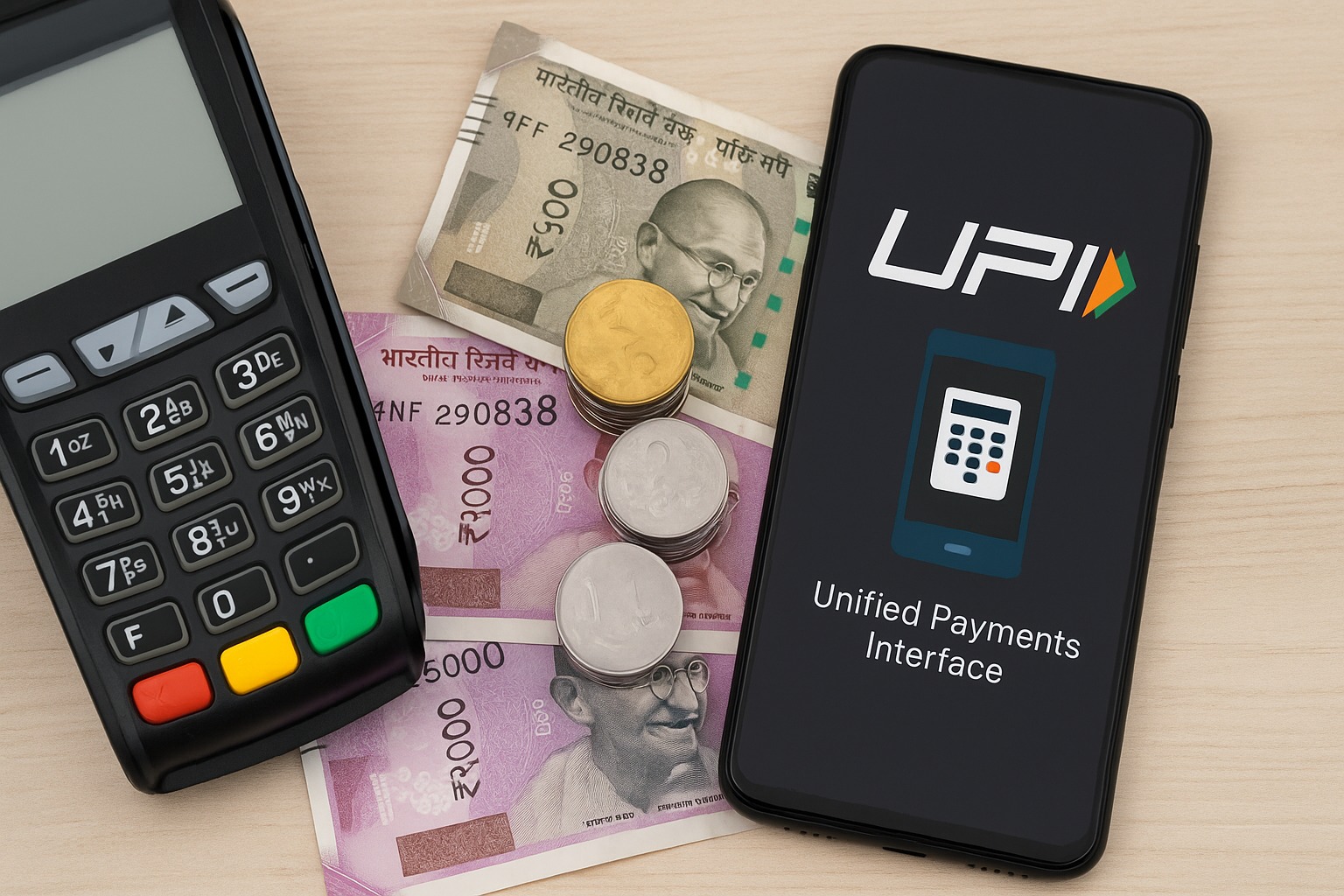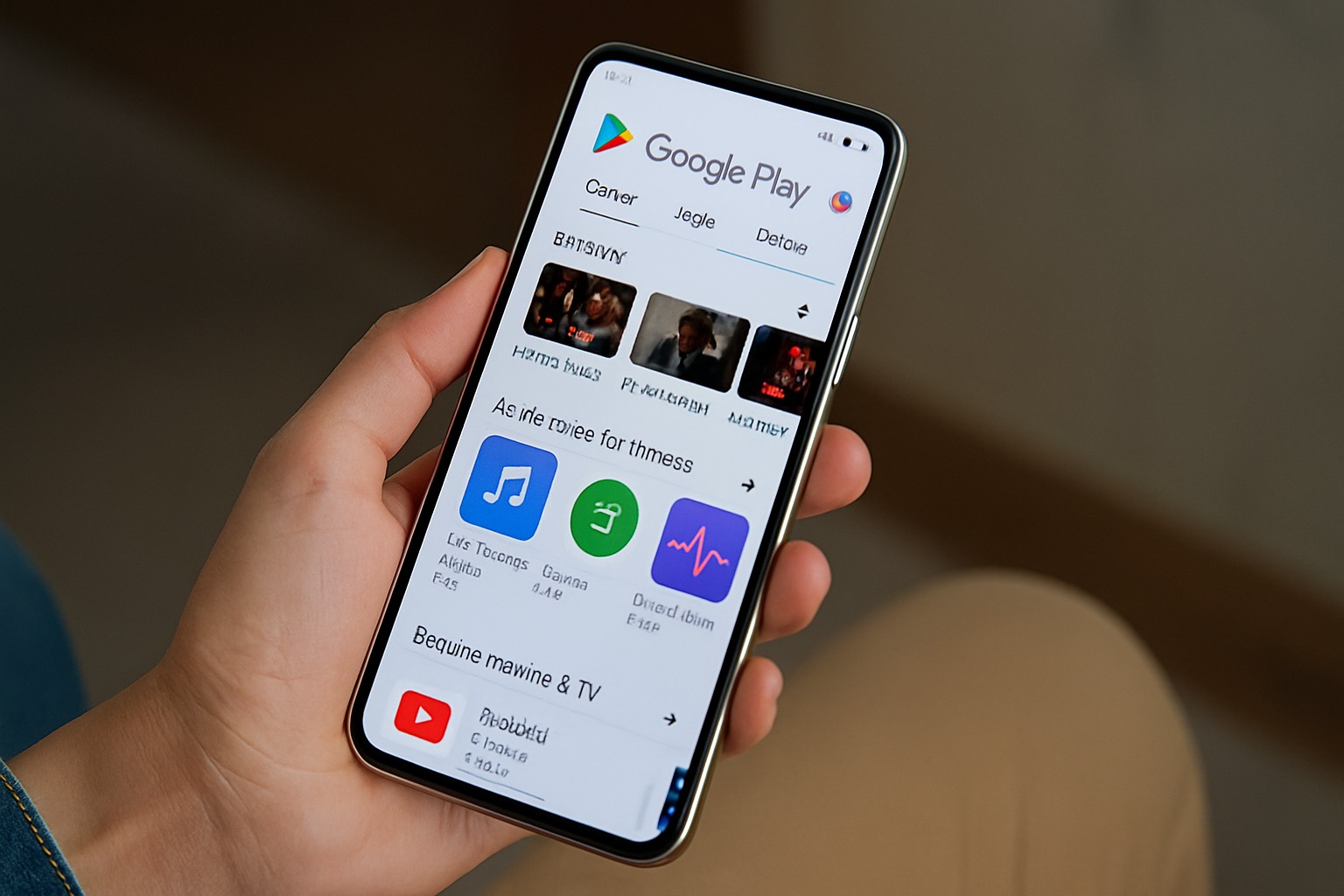India’s Unified Payments Interface (UPI) has transformed the way millions conduct financial transactions daily. Launched in 2016 by the National Payments Corporation of India (NPCI), UPI has rapidly evolved into one of the most successful real-time payment systems in the world. In fact, countries around the globe are now studying India’s UPI to replicate its success. But what makes UPI so revolutionary? And why is it being considered a global blueprint for digital payments?
Let’s explore.
What Is UPI?
UPI is a real-time payment system that enables users to link multiple bank accounts and make instant money transfers using a mobile device. With just a smartphone and a UPI-enabled app, users can send or receive money 24/7, even on holidays, using only a Virtual Payment Address (VPA) — no need to remember bank account numbers or IFSC codes.
Key Features That Set UPI Apart
- Real-Time Transactions:
Money is transferred instantly, unlike traditional NEFT or RTGS systems which may take hours or operate only during banking hours. - Interoperability:
UPI works across all major banks in India, making it universal and easy to adopt. - Zero to Minimal Cost:
UPI transactions are either free or cost very little, which is essential for driving mass adoption. - Secure and Regulated:
Built on a highly secure architecture and regulated by the Reserve Bank of India (RBI), UPI has layered security with two-factor authentication. - Extensive Use Cases:
From bill payments and online shopping to peer-to-peer transfers and QR code payments at local vendors, UPI is everywhere.
UPI’s Staggering Growth in Numbers
- Over 10 billion transactions processed monthly as of 2024.
- Total transaction value crossed ₹17 lakh crore (~$200 billion USD) in a single month.
- Over 300 million users and growing rapidly.
- Over 500 banks and fintech platforms integrated.
These figures are more than just impressive—they show that India has successfully digitized its financial backbone, reaching not just urban but rural populations too.
Why the World Is Taking Notes
1. Financial Inclusion at Scale
UPI has enabled millions of unbanked and underbanked Indians to join the formal economy. Countries in Africa, Southeast Asia, and Latin America see this as a scalable model for boosting financial inclusion.
2. Government and Private Collaboration
UPI is a rare example where public infrastructure is made available to private players (like Google Pay, PhonePe, Paytm, etc.), leading to rapid innovation and adoption.
3. Open API Framework
IndiaStack, the backbone for UPI, is built on open APIs which allow seamless integration. This openness is something many governments are now looking to emulate.
4. Promoting Digital Sovereignty
UPI has allowed India to maintain control over its digital payments ecosystem rather than relying on international payment gateways or credit card giants.
Global Interest in UPI
Several countries have signed Memorandums of Understanding (MoUs) with India to explore UPI-like systems, including:
- France (starting UPI payments at the Eiffel Tower for Indian tourists)
- UAE
- Singapore (launched real-time cross-border payments with India)
- Nepal and Bhutan
The Reserve Bank of India (RBI) and NPCI are also working to internationalize UPI under the NPCI International Payments Limited (NIPL) initiative.
Challenges and the Road Ahead
While UPI’s success is noteworthy, it comes with challenges:
- Scalability for global use cases
- Security risks with growing adoption
- Dependency on internet connectivity in rural areas
However, India is already tackling these with offline UPI features, fraud detection tools, and robust fintech regulations.
Conclusion
UPI is not just a payments system—it’s a revolution. It has democratized digital payments, driven financial inclusion, and showcased the power of public-private collaboration in fintech. As more countries look for scalable, inclusive, and secure payment solutions, India’s UPI is well-positioned as the blueprint for the world’s digital payment future.




